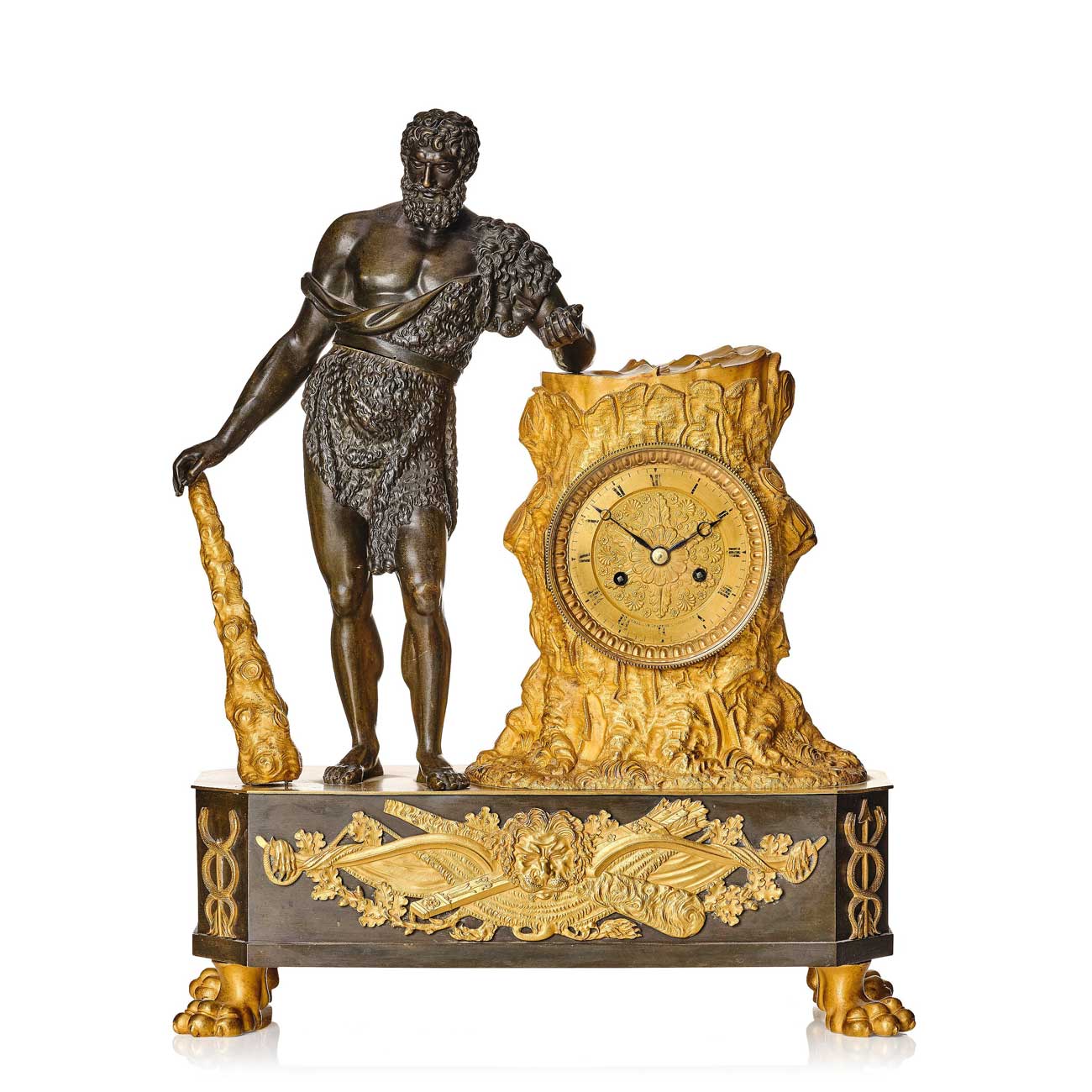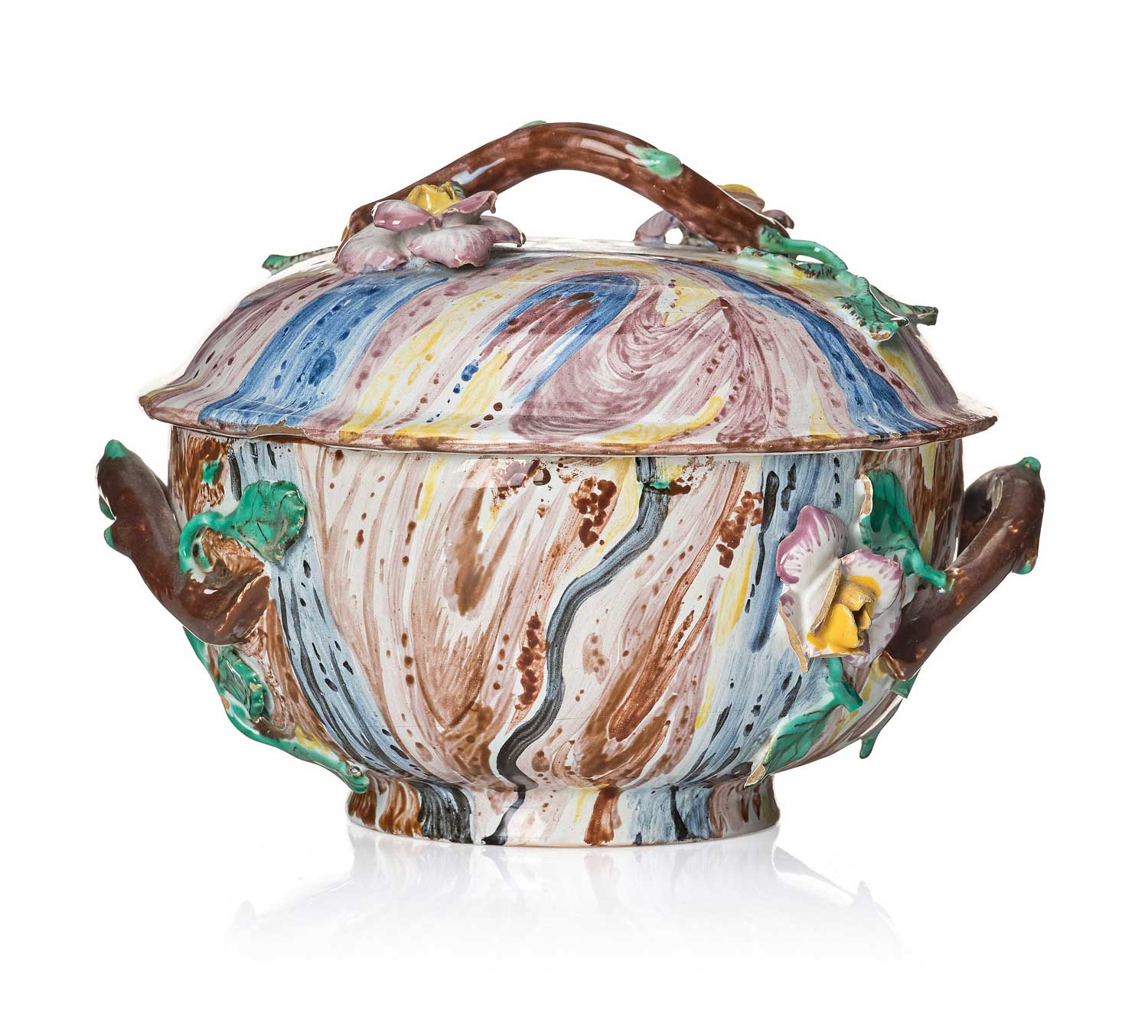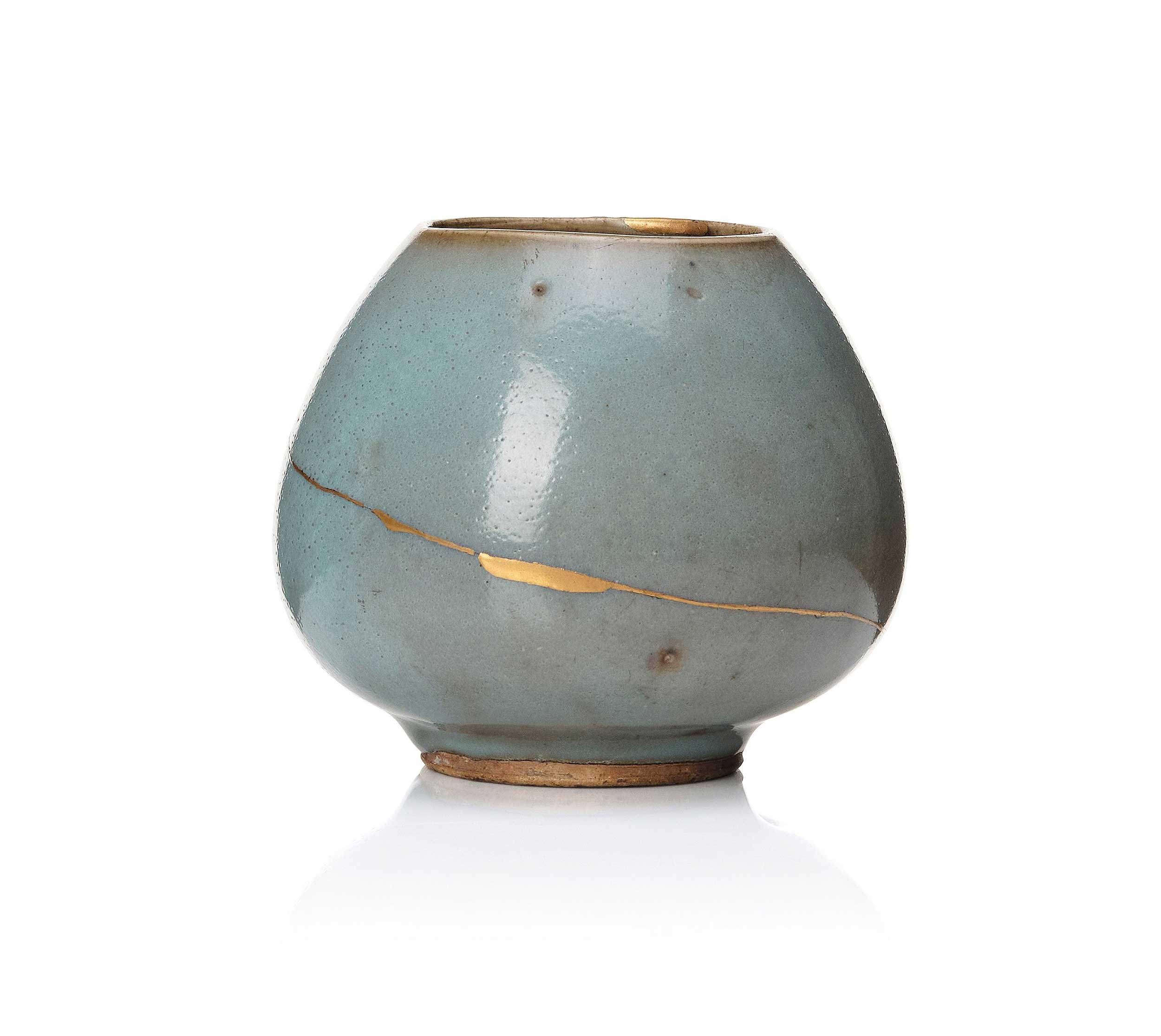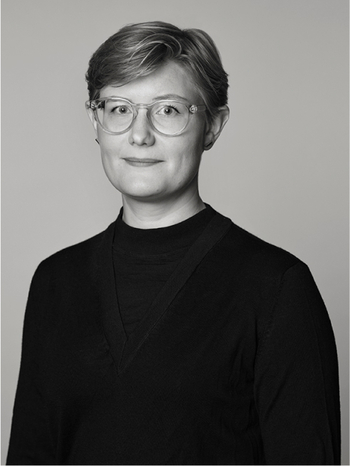The specialist's choice – Linn Andersson Bennich shares her favourites from the upcoming sale
Specialist's choice Linn Andersson Bennich
We have spoken to Linn Andersson Bennich, Specialist Works of Art, about this spring's upcoming auction Important Spring Sale. She took the opportunity to highlight some of her personal favourites in the sale.
What can we look forward to in this spring's Important Spring Sale?
– This auction includes many interesting objects. I have chosen objects that arouse curiosity and desire and have affected people for centuries. These objects provide a presence of previous users – and today we can still understand how these objects were used by people hundreds of years ago.
Feel free to look through our web catalogue and do not hesitate to stop by for a viewing. You can also email or call me, and we will find a time that suits you. Welcome!
When is the viewing and auction?
Viewing: June 2th – June 7th, Berzelii Park, Stockholm.
Auction Live June 8th – June 10th, Arsenalsgatan 2, Stockholm
Read more about the auction

An Empire ormolu and patinated bronze mantel clock, France, around 1820.
This gilded and dark-patinated bronze table ormolu makes me enthusiastic in an almost childish way. It shows great craftmanship and plays with imitation where the bronze is used to mimic the tree stump's rough trunk, the softness of the lion's skin and Hercules' curly hair and beard. It is an object that shows the current time as well as it tells the myth of the strong demigod Hercules.
Bid and browse

A Swedish faience Marieberg tureen with cover, 18th Century
This tureen is decorated with trompe l’œil technique, imitating stone and branches. The soft faience was a material that worked perfect to create nature's organic forms, in line with the romantic Rococo Style. This tureen was made in the 1760s at the Marieberg porcelain factory. More than 250 years later, its colourful glaze makes the tureen feel modern even today.
Browse and bid

A Junyao lotus bud water pot, Sung dynasty (960-1279)
This exquisite bowl is shaped like a lotus bud, glazed with a blue chünglaze. The glaze is typical of the Song Dynasty, and it is extraordinary that a thousand-year-old object still retains the same intense colour. The later kintsugi restoration is a Japanese exclusive technique, made with lacquer and gold powder.
This particular bowl belonged to Gustav Wallenberg's collection. It came to his possession sometime between 1906-1918, when Wallenberg was the Swedish envoyé in Tokyo. He also had contact with the Qing court in China and acquired many beautiful objects during his years in Beijing and Tokyo.
Browse and bid


Contacts our Specialists

Tukholma
Björn Extergren
Johtava asiantuntija sisäänjättö ja myynti. Asiantuntija antiikkikalusteet, taidekäsityö ja aasialainen keramiikka
+46 (0)706 40 28 61

Tukholma
Linn Andersson Bennich
Asiantuntija taidekäsityö
+46 (0)707 88 84 75

Tukholma
Cecilia Nordström
Johtava asiantuntija – itämainen keramiikka & taidekäsityö, eurooppalainen keramiikka ja lasi
+46 (0)739 40 08 02



























